Augmented Reality is for More than Capturing Pokémon
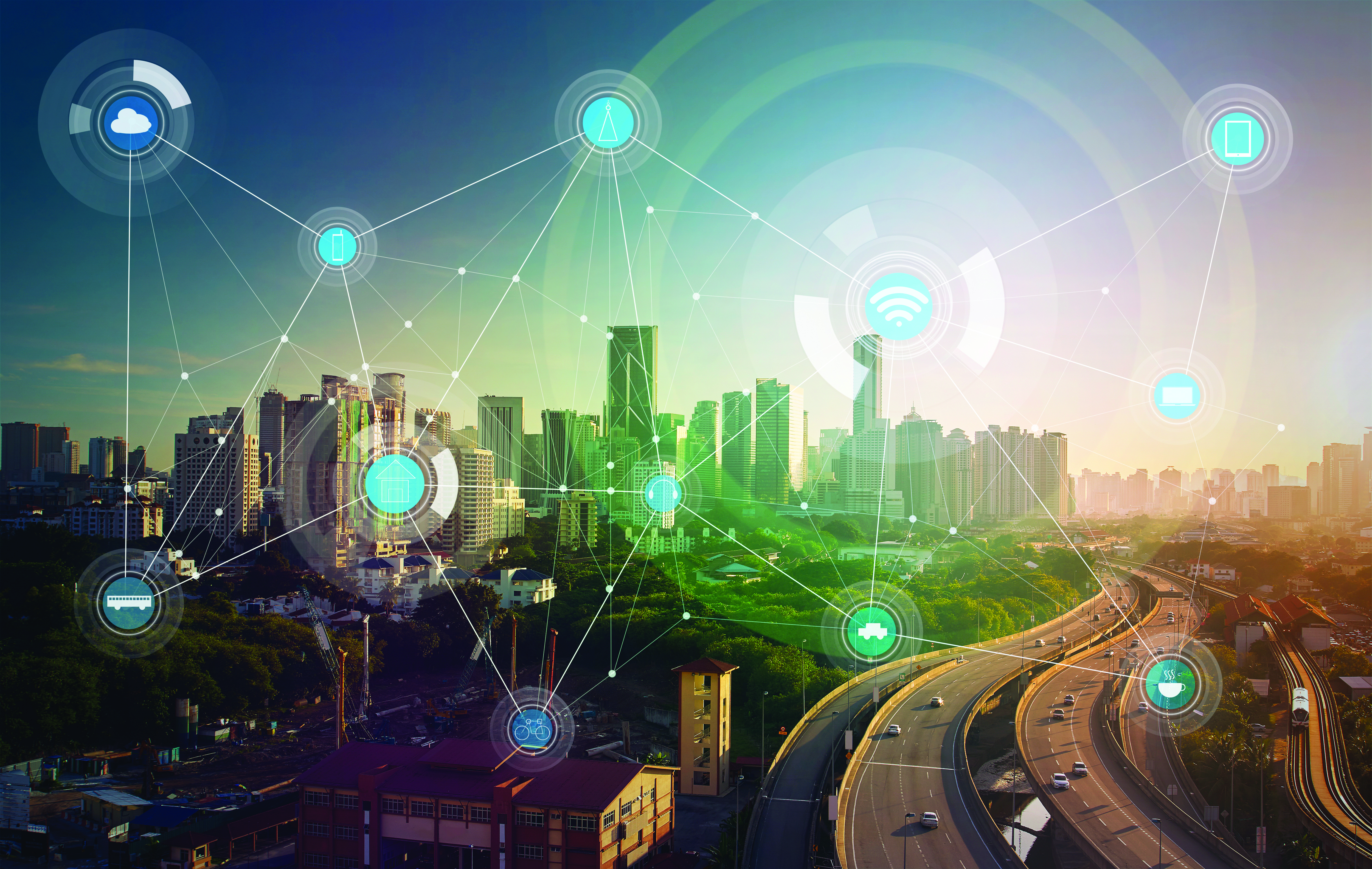
When combined with IoT, the technology could have a big impact on security

Rob Martens, Allegion
In 2016, Pokémon GO captured the mobile gaming world by becoming the most popular application in both the Apple and Android app stores, with more than 100 million downloads within the first few weeks of its public release in early July.
The mobile application blurs the lines between the virtual and physical worlds by utilizing GPS to navigate cities and uncover digital characters and items. The game attracts a wide demographic – young, old, professionals, students and more. It is relatable, intuitive and fun. The concept of integrating virtual reality into real-world environments is formally known as augmented reality or AR.
AR is not new; the technology has been around for some time in the automotive and other industries. A simple example would be projecting dashboard information onto the interior of a car’s windshield so that the driver can easily see it without taking his or her eyes off the road. Another would be the screen of an air traffic controller where a digital overlay is presented to point out key information and simplify decision-making.
So what makes the use of AR at this time any different or particularly special? The availability of real-time data.
Lots of clean, affordable, proactively delivered data. Many industries are recognizing AR’s potential, especially in conjunction with connected/smart devices, otherwise known as the Internet of Things (IoT).
In 1999, the phrase “Internet of Things” was coined by British tech pioneer Kevin Ashton. On a large scale, it is defined as billions of sensors and smart devices that connect and share information with each other to enhance the collective experience of the end user in a variety of ways. This is done by collecting, cleaning and analyzing the data provided, allowing for predictive and real-time actions to take place on behalf of the user and the associated community.
IoT’s recent rise in popularity stems from its newfound affordability and accessibility. Since 2010, sensor costs are down 50 percent, and bandwidth and processing costs have plummeted more than 97 percent. Put more simply, the cost of devices, information transport, and information cleaning is lower and the technology is easier to use than ever before.
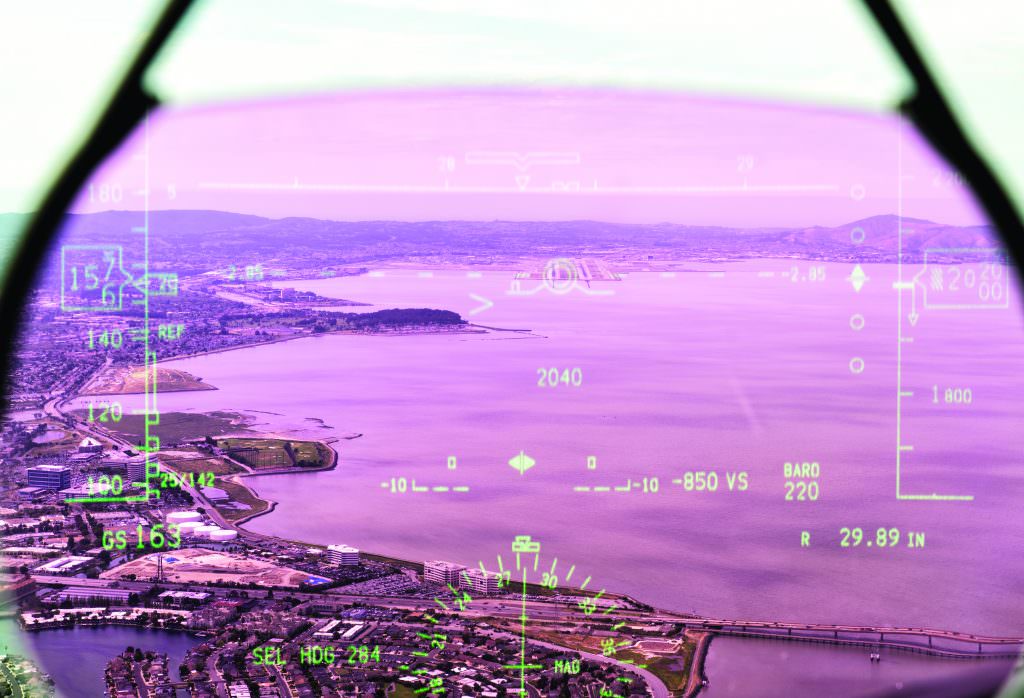
Today, IoT is becoming clearer in what it can do. Better business cases are continuing to help drive productivity. Businesses are starting to use the abundance of data collected from sensors to gain an advantage over their competition. Consumers are able to control and manage more with less effort.
One of these advantages is a company’s ability to create a more positive, personalized experience for the end user throughout the workday. This can be in the form of automatically performing complex repetitive actions such as adjusting lights, controlling the temperature, or locking doors.
AR has the potential, like IoT, to turn opportunity into reality, but for now, it is only scratching the surface.
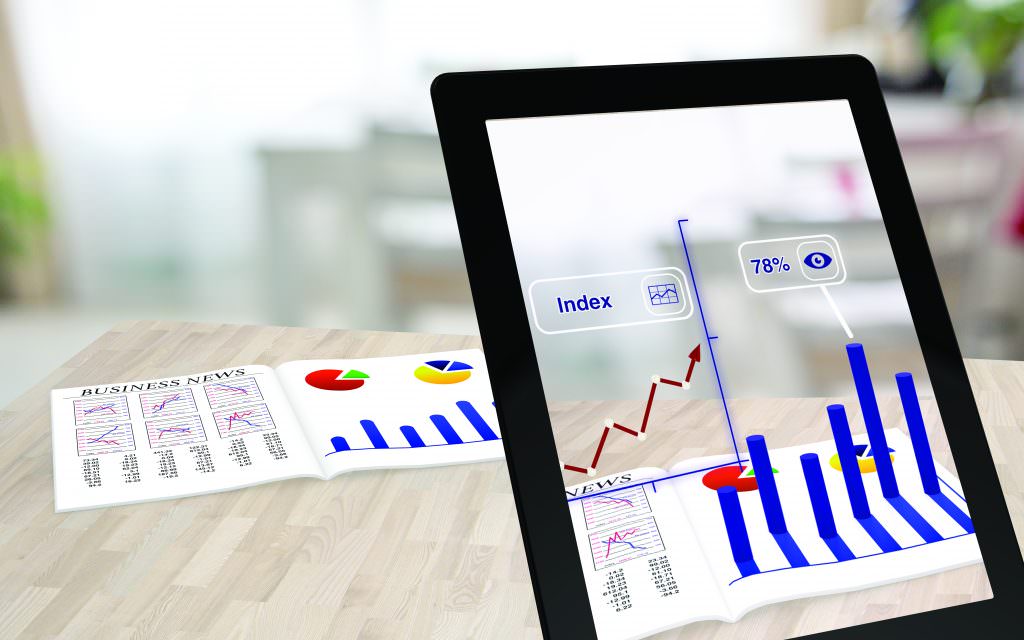
Augmented Reality Overview
AR overlays graphics, audio and even smells across a real-world environment in real time with an end goal of making things more convenient for the user. This technology is already being adopted on smartphones, and it will continue to evolve and become more consumer-friendly as years pass.
Taking another look at Pokémon GO, the application allows users to locate characters through a smartphone GPS signal and camera. By using the mobile application, one can see digital characters located in the real-world environment. While it is fun to catch Pokémon while commuting or in the office, AR is more than just a game and businesses are taking notice.
For example, one of the leading AR companies has created an application that incorporates the cell phone camera and GPS to collect data from surrounding areas. This data allows the user to access information about restaurants, hotels, etc., and it overlaps onto the phone’s screen for easy accessibility in a matter of seconds.
Imagine this: A young person is looking for a summer job and is not sure which companies are hiring. Rather than spending countless hours going from building to building, he or she could point a phone at a structure and have the app pull up the hiring status of any of the participating companies within it. In addition, the technology could allow consumers to be able to see company hours, sale prices and even images.
Challenges with Augmented Reality
Although AR has a large amount of untapped potential, there are also significant challenges and concerns that will need to be addressed.
- Privacy concerns. What images are private? Who gets access to what information? What information or status is acceptable to “attach” to a building, site or object? Who makes that decision? There are plenty of situations that could potentially cause legal disputes over privacy.
- Technology. In many applications, GPS is a major functional component of AR. It is typically available in most smartphones today, but signals can regularly get lost and are largely unavailable indoors. For AR to take off, either GPS needs to scan farther distances and improve its indoor accuracy, or complementary technologies will need to be introduced and embedded on common devices.
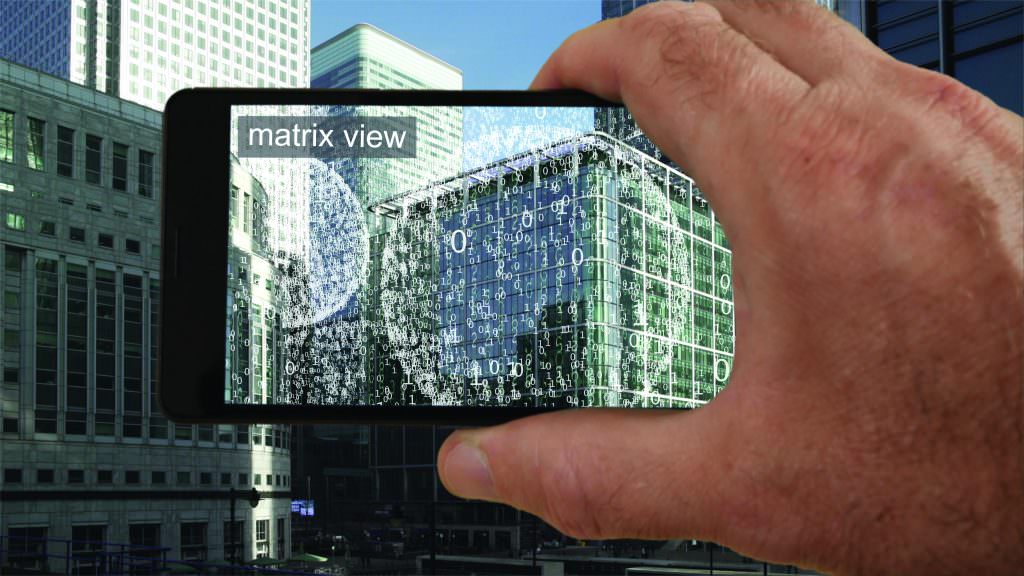
Augmented Reality’s Impact on Security
It is easy to recognize a large number of potential applications of AR in the security space, despite the challenges. As is typical, the size of the opportunity and the difficulty associated with change go hand in hand.
Consider the evolution of door locks over the past 5-10 years. Mechanical keys were once the only option for security professionals to implement. Then came the introduction of electronic access control and the adoption of smart cards/mobile credentials by commercial businesses. These new credentials are continuing to trend upward in the security marketplace, especially on college campuses, and some of the benefits include:
- Greater security
- Lower costs and ease of installation
- Efficiency
- Convenience
- Peace of mind
Forward-Thinking Applications
Imagine being in a facility service role and being able to walk onto an unfamiliar campus and identify issues immediately from devices that are actively calling out through a smartphone.
Sound a little bit like Pokémon? It is. The big win for facilities, however, is that this is no game. Those devices are not disturbing the people around them with annoying noises or flashing lights; rather, they are calling to the user, specifically, via AR, saving time, frustration and money while also enhancing the experience of everyone involved in the process. Every time a smart device is installed, it has the potential to interact in an AR environment. When designing a new facility or retrofitting an old one, this is something that should be considered, as the productivity and enhanced experiential benefits could be significant.
There is a clear future for AR in the security industry. Provided below are a few examples of possible solutions.
- Digital mapping. AR has the ability to capture structural images of a building and create a 3D virtual map. When applied to physical access control, this map could be used to generate specifications, support building information modeling (BIM) or other building models and facility guides at all stages of the building lifecycle. These digital maps could be valuable assets that could evolve and even be transferred to new ownership as needed over time.
- Space planning. Having a digital map could help when planning for the implementation of access control and security systems. Measuring and installing security devices while present at a facility could also be a potential benefit of AR. By utilizing the ability to overlay a virtual object within a physical space, security professionals, contractors and locksmiths would have the ability to visualize an entire room as a finished project before they even start, or to see existing infrastructure that they need to be aware of in the case of a retrofit project. This could help to avoid costly errors, and in some cases, even help to avoid accidents.
- Reduced rate of error. If specifications are written into the AR platform, a user would be able to receive notifications of inconsistencies or misplaced hardware before an error occurs. The platform may also have the ability to reduce or eliminate errors in order quantity when checking a confirmation sheet or integrating with an existing BIM system.
Although hypothetical, these are some of the possible instances in which AR could play a role in the security industry by assisting building planning, enhancing operational efficiencies, and improving the ease and convenience of building maintenance.
Augmented Reality and IoT
It is not hard to see that building security is advancing at an exponential pace. Each year, more aspects of security are being managed remotely from a computer, smartphone or other devices with fewer and fewer staff required.
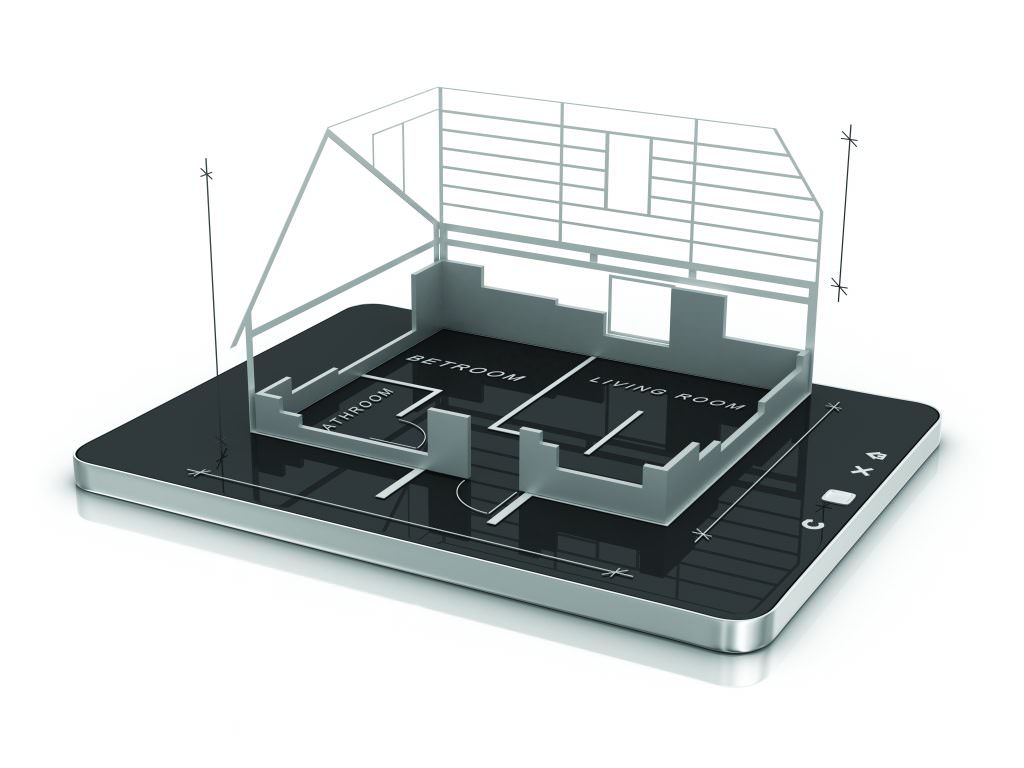
Many of these control options are made possible by the support of IoT devices. They have the ability to actively communicate with each other and to the cloud with little or no human interaction. They can proactively send updates on the status of a facility without the need for an administrator to be there in person.
In most buildings that house an integrated security and access control system, there is an opportunity to manage much more with IoT-enabled devices. It is projected that by the year 2020, there may be as many as 200 billion connected devices across the globe. That translates to roughly 26 smart objects per person.
With all of this smart technology being implemented at a rapid rate, AR begins to make sense for facility executives and building owners.
A smart device needs to be connected to communicate proactively with AR, and AR can provide a cleaner, simpler way to see what is happening without creating additional churn and chaos in an already busy environment.
Things to Consider with Augmented Reality
AR is a niche technology at present, but it has tremendous potential. As connected devices grow, the case for leveraging AR grows as well.
A good implementation of AR is dependent on clean, accurate and easy to manage data and an applied business case that delivers real value for users. The improvement curve for this data is steep, and IoT is helping to drive it forward with the mass proliferation of smart devices and integrated systems across many industries. The business cases are improving as well, as users are more aware of what data is of value, and how they can deliver it in a way that improves the condition of the community using it.
Conclusion
AR is new, dynamic, interesting and fun. It may appear most prominently in a mobile game today, but there are many interesting potential uses waiting to be discovered across a variety of industries. The technology is evolving, and as it continues to advance and grow, we will learn how to apply it in more practical ways. Only time will tell which uses for this technology will reach the security industry, as many are now only hypothetical, but the potential is great.
Rob Martens (robert.martens@allegion.com) is the futurist and director of connectivity platforms at Allegion (www.allegion.com).
